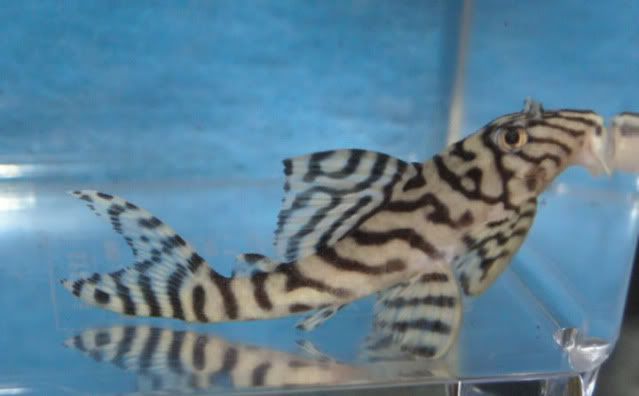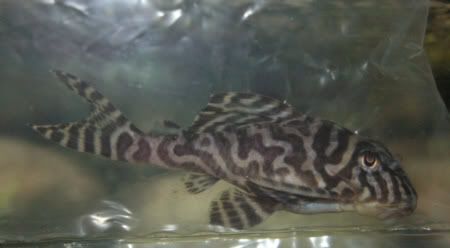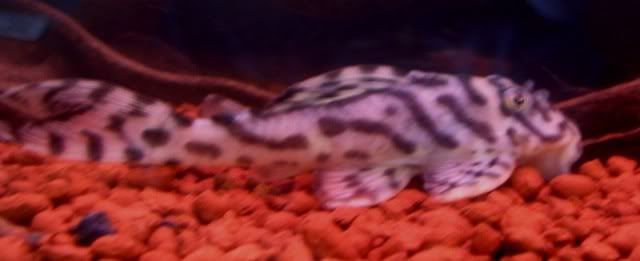Shocking?! Yes, but as always the truth sometimes hurt... (Hypancistrus sp. L236)
There are many people asking each other regarding L236, how come they do not look the L236 shown in books? After a period of time, i have came to a conclusion that the single picture of L236 cannot be used to represent the entire population of L236 in the wild. Another point is that, the fish in picture is a subadult fish so the pattern have not stabilised yet. This has led me to do some searching in various forums for pictures and references but to no avail, but after many hours of search, i have managed to obtain some pictures for personal reference and probbaly some explanation...
*all pictures shown in my post are not mine, taken by ingo and the rest are from planet catfish forum posted by the forummer there.
Below is the so called conventional L236 normally shown in books.:

*picture by ingo seidel
Let me show you a very nice Hypancistrus sp. posted by a foreigner in planet catfish forum:
PICTURE BELOW ARE OF THE SAME FISH TAKEN AFTER 6 MONTHS




i am gonna show you another fish, L400, posted by another forummer from Planet Catfish forum:

Few months later

I think bro Gecko has sth like the above L400 before in the past
(hope you dont mind me post your picture bro)

This thread serves to point out how the line eventually thickens in the fish that supposedly resembles L236 holotype can lose its special patterning as it age; therefore do not be misled by the only reference picture available online.
I think sometimes L400 can be comparable to L236..
all of them sweet-looking? yes... haha
To me at the end of the day, whatever L-number we have, as long as you like it, treasure them!
lifeisfullofemptypromisesandbrokendreams
Hypancistrus and Tanganyikan cichlids breeding




















 Reply With Quote
Reply With Quote



Bookmarks